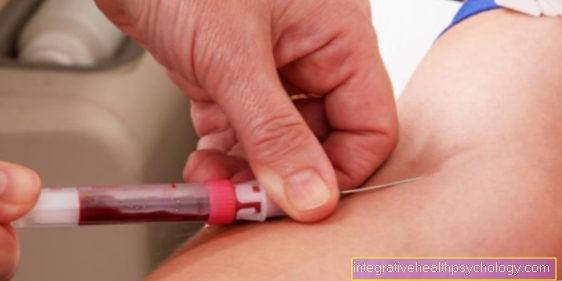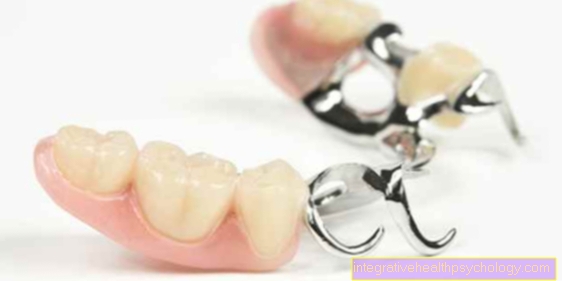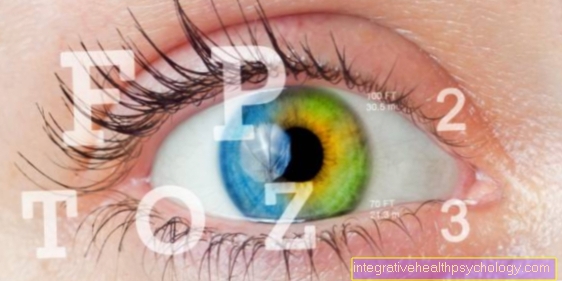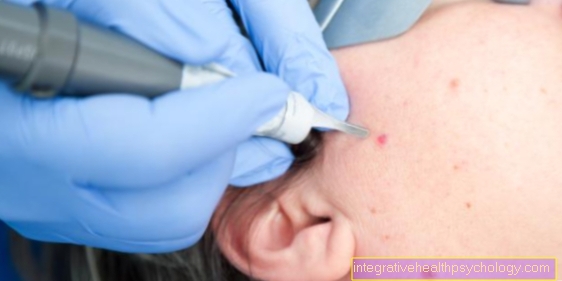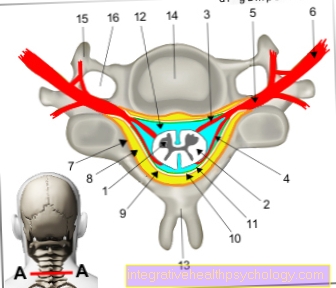Iris Diagnosis - Does It Really Work?
Definition - what is an iris diagnosis?
Iris diagnosis, also called iridology or iris diagnosis, is a method from alternative medicine.
It is based on the assumption that various changes in the body and diseases are reflected in the appearance of the iris, i.e. the iris, in the eye.
This allows conclusions to be drawn about various physical weaknesses and diseases through a precise analysis of the structure of the iris.
However, since this process has not yet been proven empirically, i.e. scientifically proven, it should be viewed critically and with caution.
If changes in the iris occur quickly, it is advisable to consult an ophthalmologist.
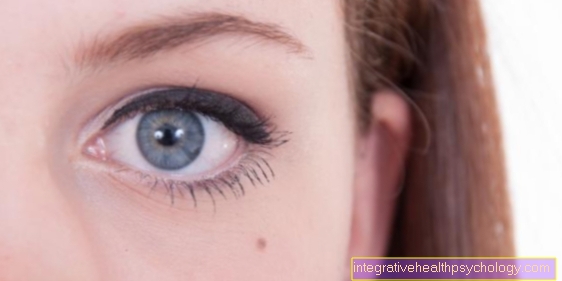
For which diseases can iris diagnosis be used?
An iris diagnosis can basically be used for almost all diseases.
In the iris diagnosis, the iris is divided into different sections, which represent the various organs of the body.
It is assumed that all organs of the body are connected to the iris by fibers that run in the spinal cord.
There they can lead to a change in color or an accumulation of spots or the like in the event of a disease of the respective organ.
For example, the section of the iris directed towards the nose, i.e. the right section on the left eye and the left section on the right eye, represents the thyroid gland.
If there is a disease of the thyroid gland, for example, increased black dots can be seen in this area.
In principle, there are three main focuses of diseases that appear in the iris diagnosis.
These include clinical pictures that are based on lymphatic changes and diseases of the muscles.
The second focus is on so-called haematogenic diseases, i.e. clinical pictures that affect the blood and the circulatory system.
The third focus contains a mixture of the first two focuses, with liver and stomach diseases being the main focus.
How does an iris diagnosis work?
In an iris diagnosis, the iris of the person to be examined is examined with various instruments and analyzed in detail.
A so-called slit lamp is usually used by the examiner.
This is a kind of microscope specially designed for viewing the segments of the eye and offering good magnification for analysis.
Photos can also be taken, if necessary, in order to then discuss more detailed findings with the examined persons on the printouts.
In the diagnosis of the iris, the iris is divided into different sections.
On the one hand, it is subdivided into circular sections, i.e. different sections that encircle the pupil in the middle. On the other hand, the iris is also divided into different segments, like a cake in different pieces of cake.
During the examination, attention is paid to changes in color, pigments and differences in the density and brightness of the iris structures.
Furthermore, the eye color of the examined person is included in the analysis.
With changes in a certain area of the iris, all factors can be taken into account and conclusions can be drawn about possible underlying changes or diseases of the body or an organ.
What successes can be expected?
The success of an iris diagnosis should always be viewed critically.
There are definitely cases in which a change in a section of the iris could also result in a change in an organ in the body.
However, this can also be a coincidental connection between the two findings or findings.
In any case, there has not yet been a study that has scientifically proven that iris diagnosis is a reliable method for the early detection of diseases of the body.
A doctor should therefore be consulted in the event of complaints, at least in combination with alternative medicine.
Who does an iris diagnosis?
The iris diagnosis method is offered by various professional groups that focus on alternative medical treatment.
These include, for example, alternative practitioners and users of naturopathy.
But the iris diagnosis is also occasionally used in homeopathy.
It must be added, however, that the iris diagnosis is rarely used as the sole method for the detection of diseases.
It is mostly used as a complementary diagnostic to other examinations.
What training should the diagnostician have?
Iris diagnosis is carried out by various professional groups from alternative medicine, including naturopaths, naturopaths and homeopaths.
As a rule, training takes place in a specialist center for alternative medical treatment methods.
Many alternative physicians learn in these facilities the basics of iris diagnosis and how to use the necessary instruments.
The training of the therapist in question can usually be easily understood through internet research.
What does an iris diagnosis cost?
The prices for an iris diagnosis can vary.
You are dependent on the alternative doctor who offers them.
As a rule, several sessions are held, each of which usually costs at least 50 euros and the price range is very variable.
If necessary, many practices also offer the creation of an individual iris folder in combination with a health plan.
This in turn includes additional costs, which are also usually around 60 euros.
What does the health insurance company cover?
As a rule, the health insurance company does not cover the costs of an iris diagnosis, as only very few alternative medical treatment methods are reimbursed by health insurance companies.
If anything is unclear, you should contact your health insurance company in advance and ask.
Medical evaluation by
Since the iris diagnosis has not yet been based on a scientific explanation, a disease diagnosed in this way should be viewed critically.
In addition, there has not yet been a study that could scientifically prove that iris diagnosis should be considered for the early detection of diseases.
Therefore, the iris diagnosis should only be recommended by conventional medicine and a visit to the doctor should never be replaced.
In the event of abnormalities in the iris or symptoms, the person concerned should therefore also consult a doctor.



